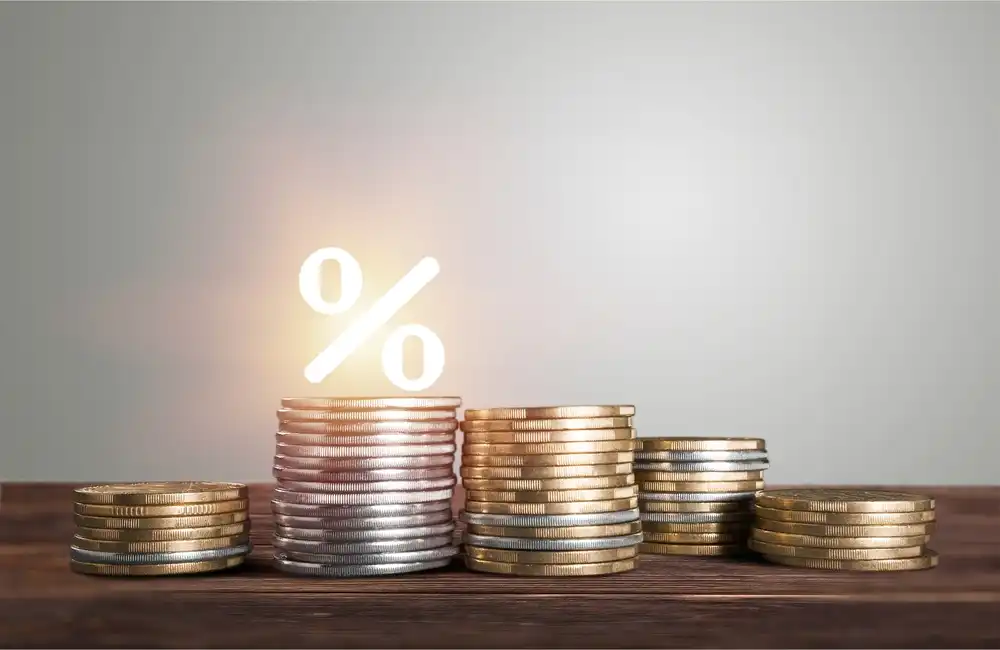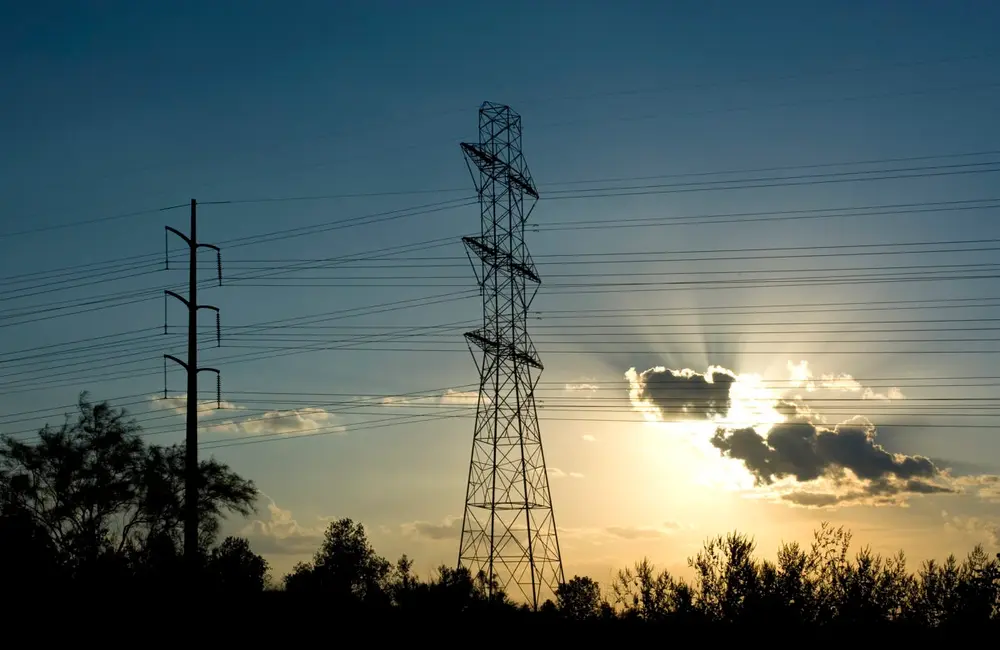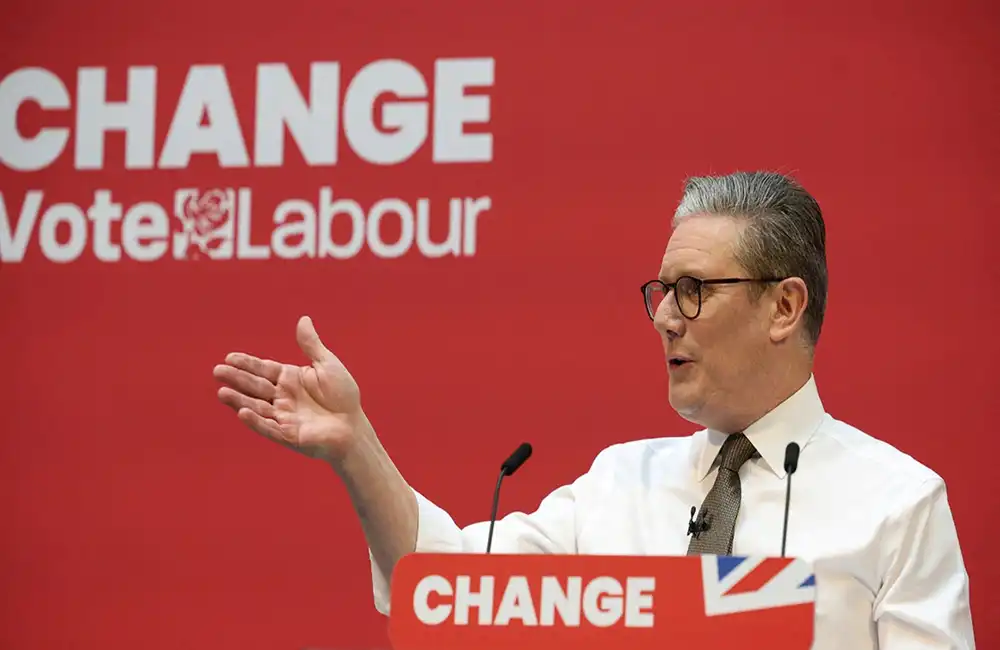A top-level group of advisers to Energy Secretary Jennifer Granholm has endorsed recommendations that the federal government take the lead in planning an interconnected, interregional US transmission system that could help catalyze the transition to more renewables.
The Secretary of Energy Advisory Board, known as SEAB, voted unanimously on Jan. 24 to approve a different set of budget recommendations that included funding for plans to build a grid linking the Eastern and Western interconnections.
The recommendations were written by the SEAB Grid Modernization Working Group, which was co-led by Norman Bay, the former chair of the Federal Energy Regulatory Commission, who was appointed to the position by former President Barack Obama.
Co-chairing the working group with him is Michael Skelly, CEO of Grid United. One of them, a merchant transmission company, Grid United, is developing five transmission projects focused on building a new long-distance, interregional transmission system to deliver access to low-cost clean energy.
Before the vote, Skelly said focusing on interregional projects “will help compensate for a lack of interregional planning that we see really across the country. These [regional transmission operators] are not well linked by RTOs, and the different RTOs do not plan connections with one another very well.”
The Federal Energy Regulatory Commission’s landmark Order 1000 did not stimulate such planning, Skelly asserted. And therefore, he said the DOE can work to close what he called "the interregional hole in the planning process" by giving priority funding to projects that strengthen interregional connections. The most beneficial of these projects, Skelly continued, would be the ones that are useful during extreme weather events, that are capable of integrating new resources, and that help reduce pollution affecting disadvantaged communities.
While the recommendations were not released to the public until after the meeting, the scope outlined by Skelly and members of the working group seemed to center on the $2.5 billion the climate secretary received through the 2021 bipartisan infrastructure law to help fund interregional transmission projects.
Resource allocation questions
The recommendations also come as the DOE is drafting its fiscal year 2024 budget proposal, due this winter. Bay said from a "resource allocation perspective, we believe that interregional transmission (and distribution solutions that increase reliability and resilience flexibility to the grid) are most deserving of any DOE reliability and resilience funding."
“It’s like the backbone of the system, you can think of interregional flexibility as … and we certainly saw the value of interregional transmission, you know, come to the fore during the recent Winter Storm Elliott, which impacted a lot of load during the Christmas 2022 holiday,” Bay said.
The recommendations extend beyond interstate transmission lines that are within FERC’s jurisdiction. Bay said the group also wants improvements made to distribution lines, since “most outages happen at the distribution level.”
Shirley Ann Jackson, the president of the Rensselaer Polytechnic Institute and a former chair of the Nuclear Regulatory Commission, said that artificial intelligence and other advanced forms of computing should be used to assess vulnerabilities in the grid. “And this must happen with the [RTOs] and the distribution service organizations,” and through the DOE’s technical support, Jackson said.
The SEAB is also recommending that the DOE finance other efforts to advance markets, demand-side management, longer duration energy storage, and improve modeling of evolving generation mixes, Bay added.
Long-duration storage is “critical, absolutely critical” if solar is to become a more viable resource, said Paula Gold-Williams, the former president and chief executive of City Public Service of San Antonio, known as CPS Energy. While lithium-ion batteries can somewhat support renewables in being integrated with storage, she said, they last only four hours, which is nowhere near enough.
Pumped-storage hydropower is also a “good option” for longer-duration storage, Gold-Williams said, although it is constrained by drought conditions. The SEAB also wants the DOE labs to have a bigger piggy bank to help figure out how to crack the code on long-duration storage by determining how to lower its costs and overall efficiencies, she said.




















